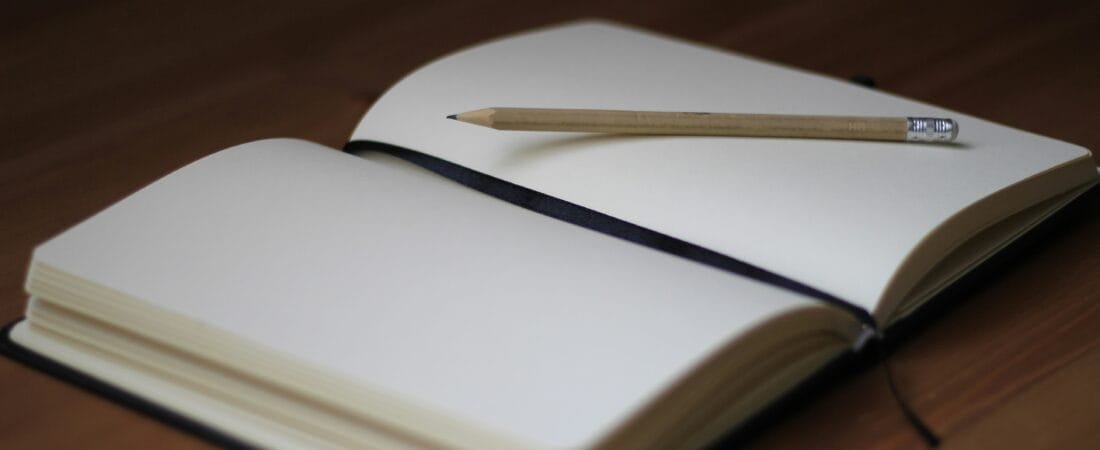Journaling Your Way to Mindfulness: 5 Creative Styles to Try
Journaling can be one of the gentlest tools for cultivating mindfulness, clarity, and better mental health. Whether you’re putting pen to paper or tap-tapping on a screen, it’s proven magic. But the beauty is there’s no one-size-fits-all. Between bullet journaling, junk journals, visual art journals, or even simple gratitude diaries, there’s a journaling style out there that feels just right for you.
Let’s explore five unique styles, each one offering something different. You don’t need to try them all. Just pick the one that clicks, give it a go, and see where it leads.
Bullet Journaling: A System for Organization and Clarity
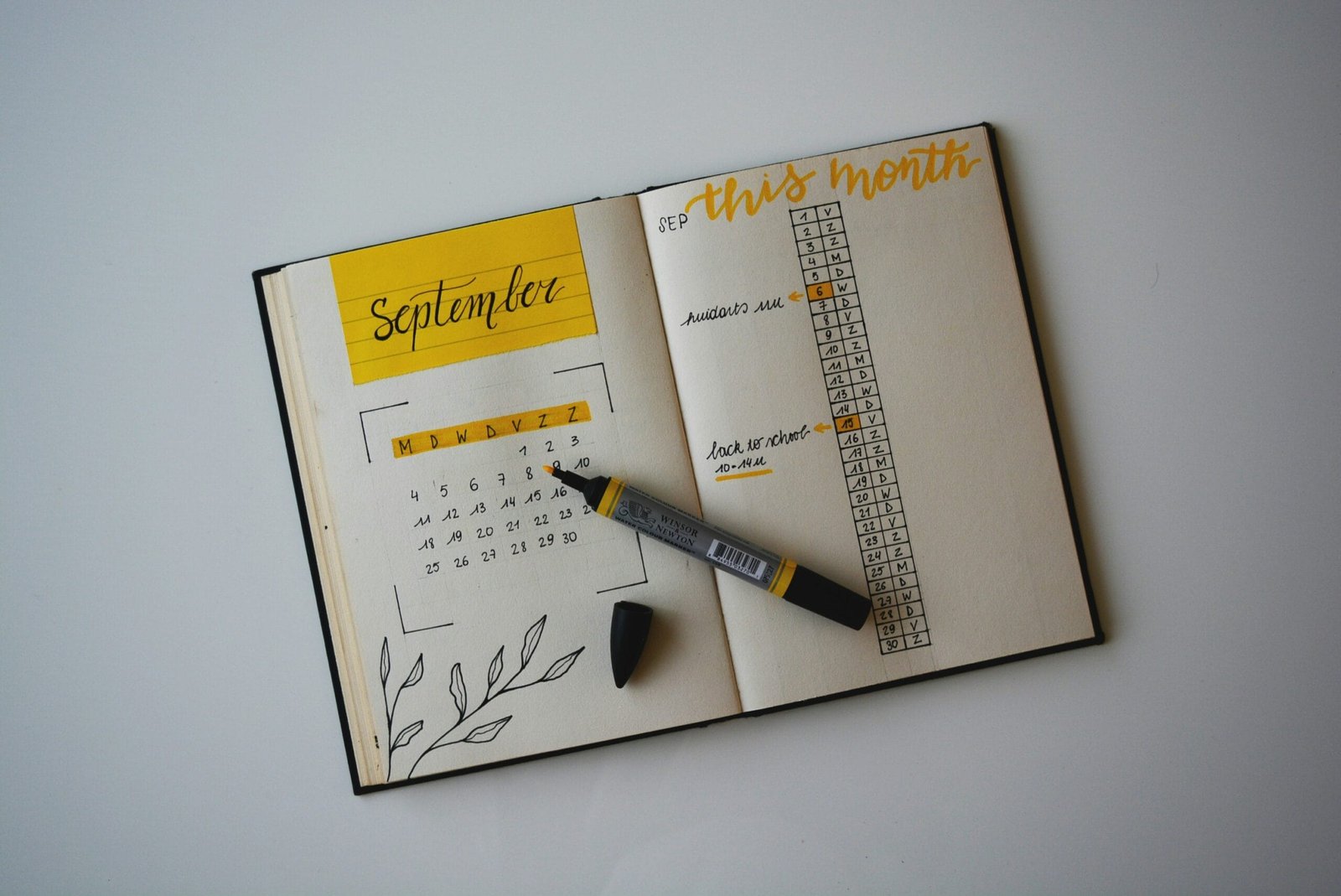
Created by Ryder Carroll, bullet journaling is part planner, part diary, part creative space, and all about clarity. You use simple symbols (like dots, dashes, and arrows), an index, and your own key to track daily tasks, habits, and events.
Why it works:
Breaks big goals into bite-sized pieces, which reduces overwhelm
Helps you stay present as you write and review each day
Turns organization into a mindful habit—no need for a fancy planner; it’s customized to you
Try this: Start each day with a “daily log” on one page, list your tasks and appointments with bullets and symbols, and finish with a “reflection bullet” (a star or heart) for something that went well.
Junk Journaling: A Creative Outlet for Self-Expression
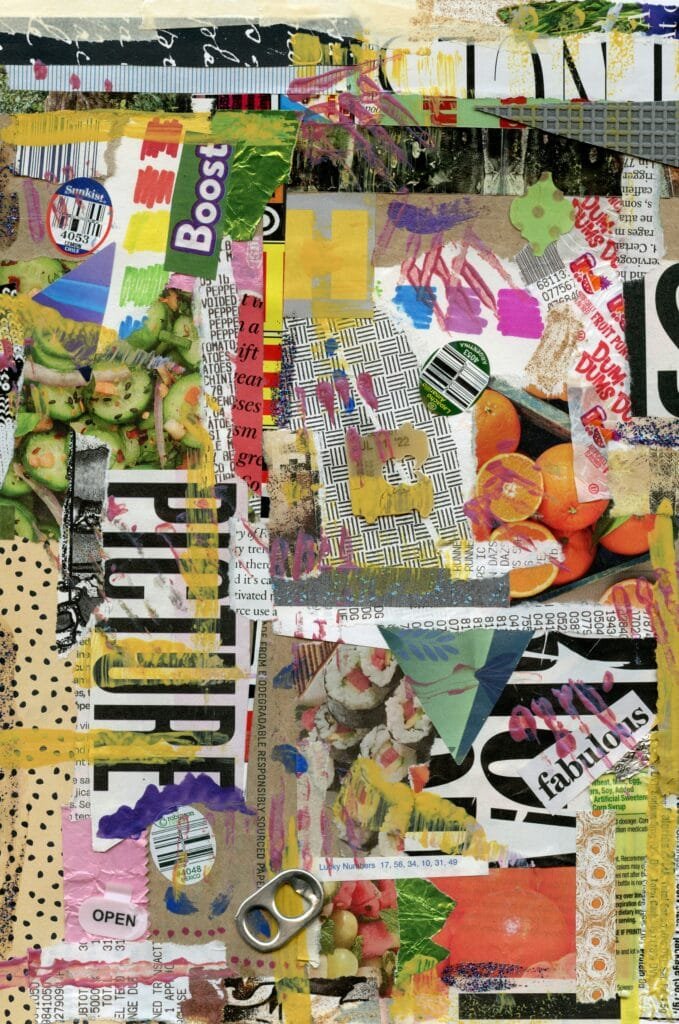
If you’re drawn to art, old notebooks, ticket stubs, and scraps of life like I am, this is your creative outlet. Junk journaling celebrates imperfection. Collage, scrap paper, fabric, washi tape—no rules. It’s art therapy in a notebook.
Why it works:
Unleashes creativity when you give yourself permission to play
Releases stress through tactile, repetitive layering
Builds self-compassion as you embrace messiness and beauty together
- A nostalgic glimpse into things you’ve done or seen, especially when using parts of your life like ticket stubs and receipts
Try this: Glue down a meaningful receipt or torn book page, then add pen doodles, a photo, or a thought. Let your hidden story or mood unfold on the page.
Visual Journaling: A Visual Representation of Thoughts and Emotions
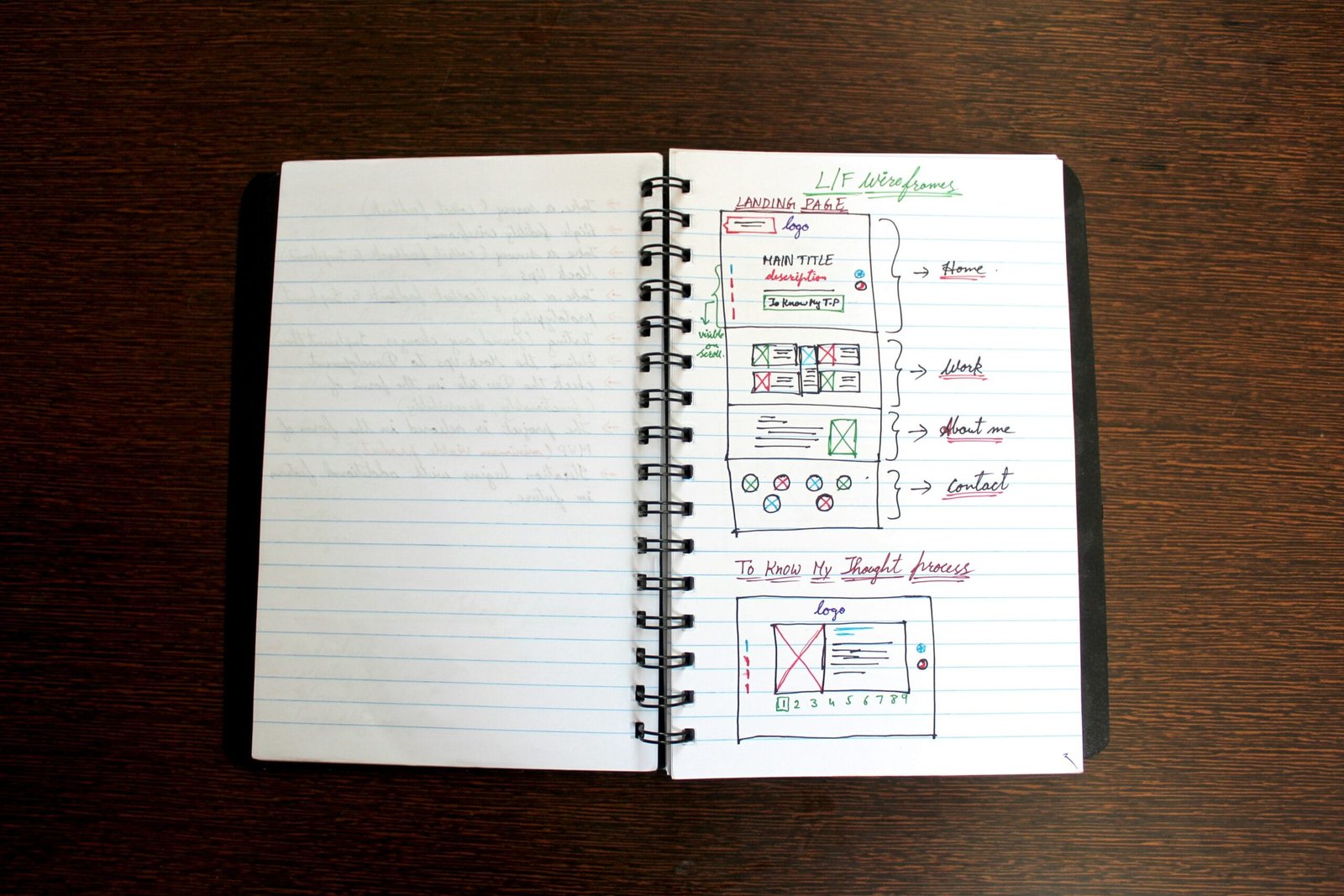
For when words can’t quite express the way you feel. Visual journaling, whether through sketching, painting, or collaging, helps you tap into emotions with color, shape, and image.
Why it works:
Helps you process emotions visually when language falls short
Encourages intuition and discovery through imagery
Is deeply meditative, especially if paint or ink flows freely
Try this: Start each session by sketching a knot to represent anxious thoughts, or draw your breath using lines that go in and out. Let the meaning emerge as you create.
Gratitude Journaling: Focusing on the Positive
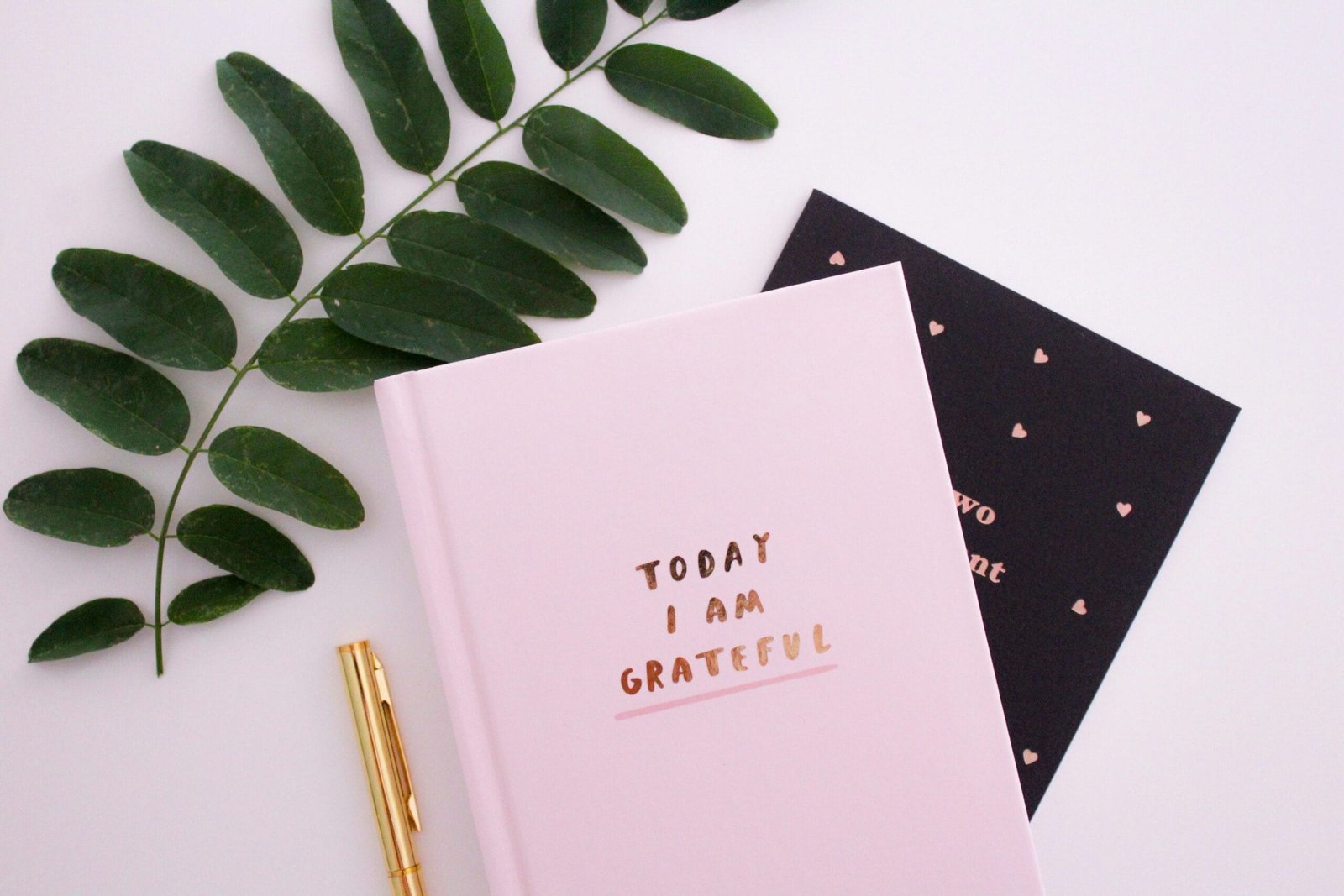
This one’s peaceful and effective. Every day, jot down 2–3 things you’re grateful for. They can be tiny (“my coffee was warm this morning”) or huge (“my friend checked in on me”).
Why it works:
Shifts attention to positive moments when negativity creeps in
Builds resilience. Gratitude becomes your emotional anchor
Reinforces the habit of noticing joy, even in small things
Try this: Never skip a day. Got nothing big to say? Acknowledge something small: “My houseplants are surviving” or “Today I made a delicious lunch.”
Stream of Consciousness Journaling: Tapping into Your Subconscious

This is free writing in its purest form: no editing, no planning—just whatever thoughts come up for 5–10 minutes.
Why it works:
Releases hidden ideas or emotions you didn’t know you were holding
Builds self-awareness as patterns, worries, or dreams emerge
Gives your mind permission to wander and land somewhere unexpected
Try this: Set a timer, start writing, and let go. If you freeze, just write “I don’t know what to say” until something shifts.
Your Own Journal Journey
You don’t have to pick all of these, and you can mix and match. Maybe bullet for your work to-dos, junk for weekend fun, and gratitude each evening.
The best part? Journaling is yours. No rules, no judgment. It’s a space for:
Processing emotions
Tracking growth
Being creative
Nurturing your mind, day by day
Getting Started
Here’s how to ease into your new habit:
Pick your Journal – Whether it’s a simple lined notebook, a blank one, or mixed-page, use whatever feels good.
Choose Your Style – Want structure? Go bullet. Craving creativity? Try junk or visual. Want peace? Go gratitude. Feeling messy? Try it all!
Set a Time – Just 5 minutes works: morning, lunchtime, or before bed: choose the time you can stick with.
Start Small – You only need a sentence, a collage, or a quick doodle.
Be Gentle – Don’t judge your style. Let them be raw, real, and evolving.
Conclusion
Journaling is about taking a moment for you. It brings insight, calm, creativity, and clarity, one word, doodle, or highlight at a time. Try one—or all! There’s no wrong way to journal, only your way. Grab a pen, choose your style, and see where the pages take you.
Disclaimer: Content related to journaling, meditation, or emotional well-being is intended for informational and inspirational purposes only. It does not replace professional mental health care, therapy, or counseling. If you are struggling with mental health issues, please seek help from a licensed mental health professional.

